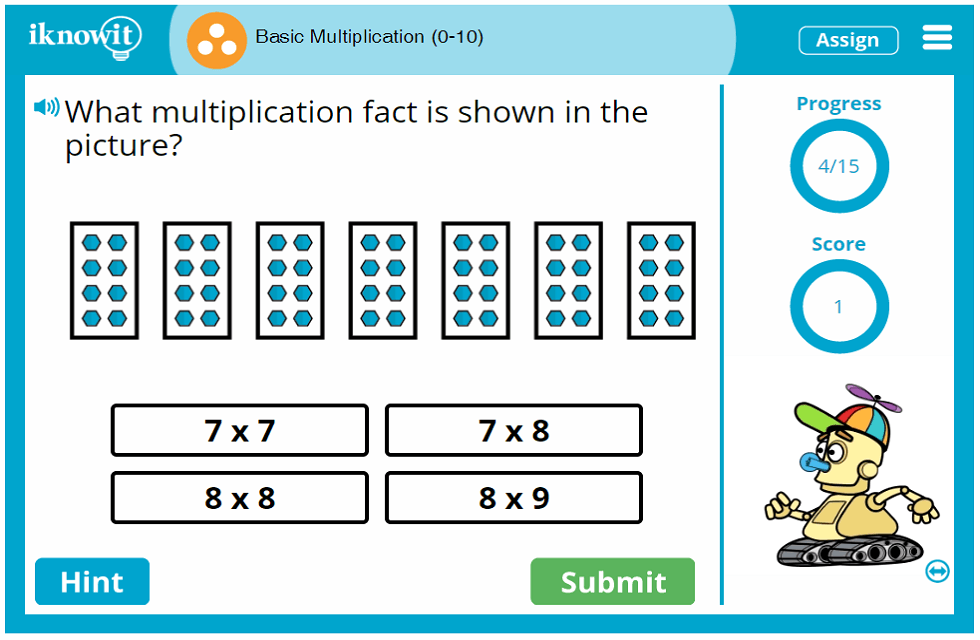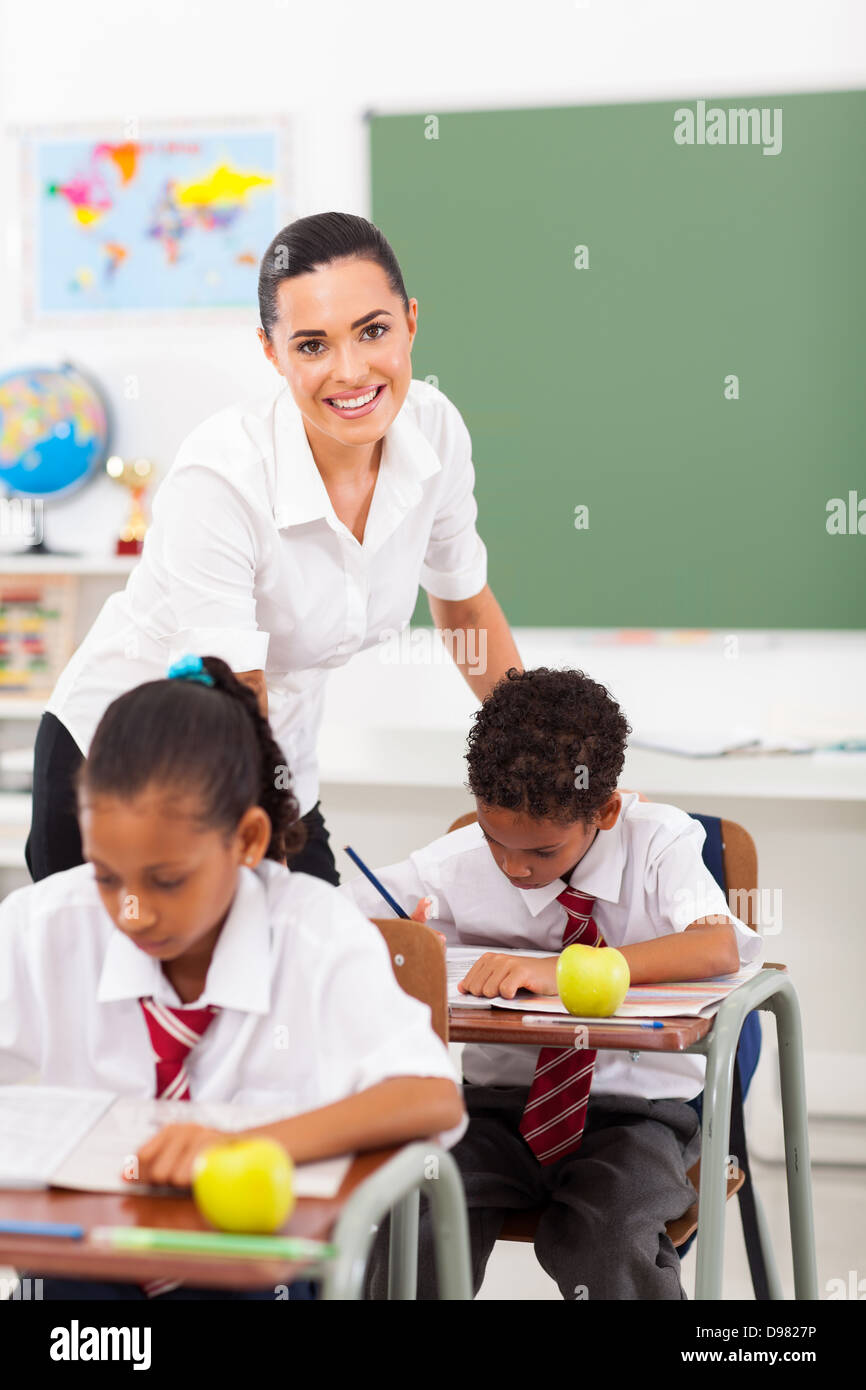
The sketch world is full of people who share an interest in sketching in locations. Urban Sketchers, an international community of artists who draw on location, is one example. It is also a valid method to learn, as copying another's sketch can be very useful. A sketchbook collection can be a great learning tool!
Analyse sketch world
Researchers will need to identify the most appropriate map for analysis in order analyse the sketch universe. It all depends on the goal of the analysis. They may wish to align the sketch map with the environment. However, it is important that the map be oriented objectively and with as little configural theta as possible. First, place landmark labels on your map. Once they have done this, they can rotate their sketch map by using the rotate buttons. To ensure the correct orientation of the map, researchers need to preview their configurations before they rotate it.
Sketches are not linearly proportional, and therefore are sub-linear in their space. This means that the sketch will be processed more quickly than an input stream if it is processed using brute force. Therefore, the sketch will be much smaller than its input stream.

Urban Sketchers are an international community of artists who draw on location
Urban sketching has been an art form for centuries. However, it has recently seen a revival. An online community of sketchers has been created by the popularity of digital photography. Sketchers shared their work initially only in sketchbooks. But, digital media made it easier to show off their work. Gabi Campanario established a Flickr group, blog, and Flickr group that allowed these sketchers to share their work. It later evolved into the Urban Sketchers.
Urban sketching has become a serious art form. It allows artists to engage with urban dynamics and capture the urban environment. For example, many sketchers and artists sketch in Odessa. This art is unique because it combines observation and documentation of the environment.
You can learn valuable and useful techniques by copying the sketch of someone else.
Copying other artists' work is a great way to start as a beginner. This will give you an idea about what you should aim for and also help you understand the different artistic styles. It's a great way of improving your drawing technique and understanding the beauty art.
The sketch world is full of examples. However, you should avoid copying their sketches as your own. It is possible to learn from someone else's sketches, but it is not wise to claim it for your own.

A sketchbook collection
It's a great way of sharing your art with others by creating a collection. There are sketchpads and notebooks that celebrate creativity, so there is a sketchbook to suit every artistic style. There are many paper options so you can find the right one for whatever you are working on.
Also, sketchbooks can be used to keep notes. Some sketchbooks can be used as a calendar, grocery list, or to-do list. Sketchbooks can also be used as private museums for the creator.
FAQ
What is the distinction between public and private schools, you ask?
Public schools are free for all students. They provide education from kindergarten through high schools. Tuition fees are charged by private schools for each student. They offer education from preschool until college.
Charter schools are public-funded but privately managed. Charter schools don’t follow traditional curriculum. Instead, they give their students more freedom to learn what interests them.
Charter schools are popular with parents who believe their children should receive quality education regardless of their financial status.
What is the difference between school and college?
Schools are typically divided into classes or grades with a teacher who teaches students. Colleges are larger institutions that offer more specialized programs and include many university-level courses. Colleges may focus more on business and science while schools will usually only teach basic subjects. Both levels offer a variety of subjects to help students prepare for higher level study.
What does it take to be a teacher early childhood?
You must first decide if you want to pursue a career in early childhood education. If so, then you will need to get your bachelor's degree. Some states require that students have a master's level degree.
You may also be required to attend classes during the summer. These courses include topics like pedagogy (the art and science of teaching) or curriculum development.
Many colleges offer associate degrees which lead to teaching certificates.
Some schools offer certificates, while others offer bachelor's and master's degrees. However, some schools only offer diplomas.
If you plan to teach at home, you may not need any additional training.
Is becoming a teacher difficult?
Being a teacher is a huge commitment. You will need to give a significant amount time to your studies.
While working towards your degree, expect to be working around 40 hours per work week.
Also, it is important to find a job you can do. Part-time jobs are difficult to find for students who want to balance school and work.
You will likely teach classes once you have been hired as a full time teacher. You may also need to travel between schools each week.
Statistics
- Among STEM majors, that number is 83.5 percent. (bostonreview.net)
- Globally, in 2008, around 89% of children aged six to twelve were enrolled in primary education, and this proportion was rising. (en.wikipedia.org)
- They are more likely to graduate high school (25%) and finish college (116%). (habitatbroward.org)
- Data from the Department of Education reveal that, among 2008 college graduates, 92.8 percent of humanities majors have voted at least once since finishing school. (bostonreview.net)
- They are also 25% more likely to graduate from high school and have higher math and reading scores, with fewer behavioral problems,” according to research at the University of Tennessee. (habitatbroward.org)
External Links
How To
Why homeschool?
There are several things you should consider when deciding whether your child will attend school at home or in a public school.
-
Which type of education do YOU want for your child's future? Are you looking to develop social skills or academic excellence?
-
How involved do you want to be in your child's education? Do you prefer to stay informed about what your child is doing? Do you prefer to stay informed about what your child is doing?
-
Are your children special? How can you help your child?
-
Will you be able to manage your child's schedule? Can you commit to teaching your child at home every day?
-
What subjects will your course cover? Math, science, language arts, art, music, history, geography, etc. ?
-
How much money can you afford to educate your child?
-
Is your child able to go to school?
-
Your child will need a place to live. You need to locate a suitable space that is large enough for a classroom as well as adequate facilities, such as bathrooms or kitchens.
-
What is your child's age?
-
When is your child supposed to go to bed?
-
When does he/she finally wake up?
-
How long does it take for you to get from A to B?
-
Is your child's school located far from you?
-
How far are you from your child’s school?
-
How will you transport your child between school and home?
-
What are some benefits to homeschooling?
-
What are the disadvantages?
-
Who will look after your child outside?
-
What are you expecting from your child's education?
-
What type of discipline do you want?
-
What curriculum are you going to use?
There are many reasons people choose to homeschool their kids. These are just a few of the reasons why people choose to homeschool their children.
-
Your child might have learning disabilities that make it difficult for him/her to attend traditional schools.
-
You want to provide an alternative form of education for your child.
-
You want more flexibility with scheduling.
-
You do not want to have to pay high tuition costs.
-
Your child receives a better education than what he/she would get in a traditional school setting.
-
You believe you are better at teaching your child than a teacher in traditional schools.
-
You don't like how the school system works.
-
You are uncomfortable with the rules and regulations in the school system.
-
Your child should have a strong work ethic.
-
You want the freedom to choose which courses your child takes.
-
You want to give your child individual attention.
Homeschooling also offers many other benefits, such as:
-
There is no need to worry about uniforms, books, pencils, paper, or supplies.
-
Your child can be educated according to their interests.
-
Parents can homeschool their children and spend time with them.
-
Students who are homeschooled tend to learn more quickly than peers because they don't have to be distracted by their peers.
-
Homeschoolers often score higher on standardized tests.
-
Homeschool families tend to be happier overall.
-
Students who homeschool are less likely than others to drop out of school.